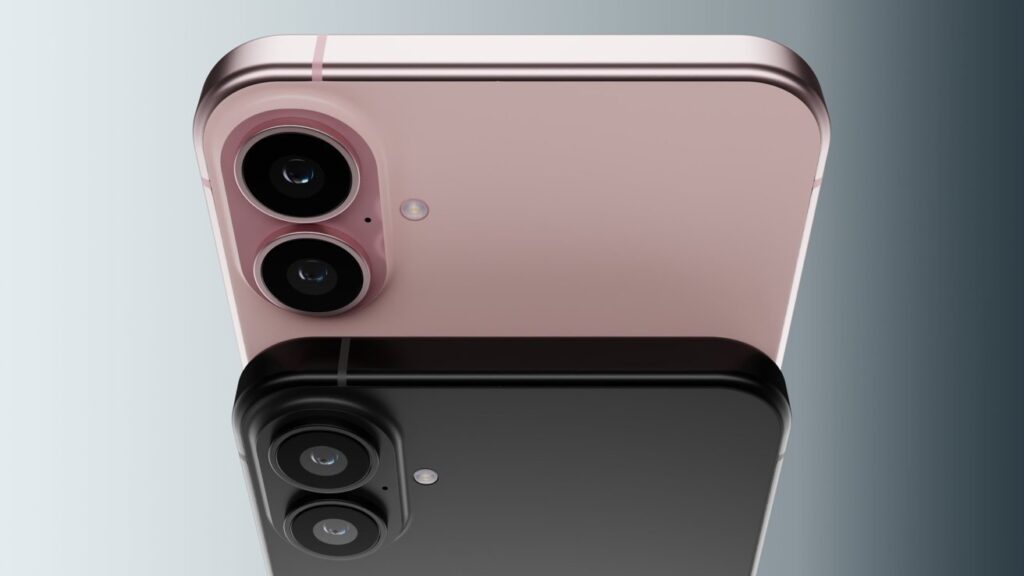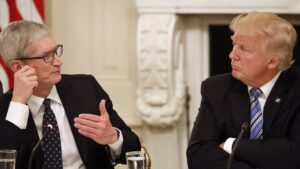
The iPhone 17 is supposed to be imported to the U.S. from India – Image Credit: AppleInsider
Apple’s iPhone production shift to India has been hit by a doubling of tariffs, as President Donald Trump hammers the country for buying Russian oil.
Apple has worked hard to mitigate the effects of tariffs against its supply chain by diversifying away from a China-centric approach. While it has paid off so far for the iPhone maker, an unrelated presidential complaint may still harm the effort.
On Wednesday, President Donald Trump hit India with an additional 25% import tariff. The executive order is on top of the existing 25% tariff on Indian imports into the United States, reports the Financial Times.
While Trump’s initial post on social media alluded to India selling oil to Russia, he’s clearer about this now. The reason for the doubled tariff is due to oil, with India sourcing it from Russia.
Following the invasion of Ukraine, India moved from being a relatively small-time Russian crude oil importer to one of the biggest.
Trump said there would be an extra tariff on Monday, criticising India over the oil procurement, but didn’t indicate how high the rate.
A White House official has since confirmed that, from August 27 when the duties take effect, imports from India will be set at a 50% rate. This is firmly in iPhone 17 import season.
A bad Apple deal
The new tariff punishing India over oil has the byproduct of impacting Apple at the same time.
Over the years, Apple has been trying to spread out its supply chain from China and into other territories. The initiative was meant to help Apple avoid the effects of major global events impacting the supply chain.
Following the U.S.-China trade war and the first tariff salvos in the second Trump administration aimed at China, Apple made the move to use its production capacity in India as a workaround. Rather than face triple-digit tariffs affecting Chinese imports, Apple would instead use India to produce iPhones destined for the United States.
When Trump implemented more tariffs affecting the rest of the world, the eventual result of a 25% tariff on India imports still seemed better than Chinese imports.
Now that there’s another 25% on top, that means even Apple’s India-produced iPhones face a hefty cost to be brought into the United States.
Failure to deal
The 50%, a doubling of the 25% that would impact India’s imports, was previously 10%. Before the entire tariff saga started in April, the import tariff on goods sourced from India was just 3%.
However, that 25% and therefore the 50% could’ve been a lot less.
On July 29, an audio clip of Trump revealed that India had failed to finalize the deal, resulting in the 25% tariff. Trump also accused India of charging more tariffs than “almost any other country.”
At the time, there was a glimmer of hope that it would be only a temporary situation. According to an Indian government official, talks were progressing, and a trade delegation from the U.S. was anticipated to visit New Delhi in the middle of August.
The report at the time proposed that trade negotiations would resume and a bilateral agreement would be reached by September or October.
On August 5, India’s former finance secretary Subhash Garg told CNBC that a U.S.-India trade deal is unlikely, due to wildly differing positions on key political issues.
Garg’s comments, as well as the extra oil-based tariff, makes the impact of the new tariff seem like it won’t be a short-term pain point for Apple and others caught up in the new tariff fight.



